
One year on from its launch, the CSEM Photovoltaics Center is looking back on a very positive first year and confident about the future of solar energy.
The objectives of the Photovoltaics Center (or PV-center), which has received financing of CHF 19 million from the Swiss Confederation for the period 2013 to 2016, are to accelerate the industrialization process, develop new generations of photovoltaic cells and modules, and support the transition to a national energy system in which solar electricity will play a vital role.
"The results obtained during this first year have surpassed all our expectations, both from a scientific and technological perspective and in terms of the number of collaborations set up with Swiss industry in the sector," says Mario El-Khoury, CEO of CSEM with satisfaction. "Around thirty employees based in Neu-châtel and Muttenz are working to develop current and future solar technologies."
The PV-center's activities revolve around four main areas: developing photovoltaic cells and panels, product reliability, architectural integration and, lastly, managing and storing solar energy. The PV Center is therefore committed to creating a number of "technological building blocks", which are extremely im-portant to the solar panel manufacturing industry. These include developing high-yield (22.4%) crystalline solar cells in partnership with the Swiss Federal Institute of Technology in Lausanne (EPFL).
The PV-center is well aware of the importance of ensuring the long-term reliability of photovoltaic panels and reducing their cost, and is already able to propose some initial solutions. Indeed, by exploiting possible synergies with CSEM's micro- and nanotechnology activities, it has developed new solar cells that function at very low luminosity; these could be incorporated into the wristwatches of the future, for example. As Christian Bosshard, head of CSEM's Muttenz site, explains: "At the PV-center, we are in a position to exploit to the full the existing potential synergies between various solar cell production technologies; we are planning future applications in the fields of portable electronics and photovoltaics integrated into buildings."
One of the criticisms often leveled at photovoltaic panels is their unattractive appearance and the con-straints on integrating them into the built environment. In view of this issue, the CSEM PV-center is currently working in partnership with architects to develop new integration solutions that will convince even the most reluctant and help to establish solar energy for the long term. The PV-center's mission does not stop there: it also intends to tackle the problems connected with feeding large quantities of solar energy into the electricity and storage networks.
Economic impact, visions for the future
Since the beginning of 2013, research and production contracts totaling over CHF 4 million have been signed. Almost twenty companies have placed orders with the PV-center and dozens of others have shown a marked interest, both at CSEM in Neuchâtel and in Muttenz. The Swiss industrial sectors that are interested include the machine tool market (production infrastructure and testing/quality control equipment), component manufacturers, electrical companies and architects, as well as integrators and installers of photovoltaic systems.
At national level, the CSEM PV-center has stepped up its existing partnerships with the Federal Institutes of Technology and universities of applied sciences. It is also involved in several national and European projects supported by the Swiss Federal Office of Energy, the Commission for Technology and Innovation, the Swiss National Science Foundation or the European Commission. With the Fraunhofer Institute for Solar Energy Systems (ISE) in Germany and National Solar Energy Institute (INES) in France, CSEM is also part of the X-GWp consortium that is working on a concept for a multi-gigawatt photovoltaics factory.
"Although a very encouraging and promising start has been made, there is still plenty of work to be done in terms of informing and persuading people – and this includes experts as much as the general public," says Professor Christophe Ballif, director of the PV-center at CSEM in Neuchâtel. "Solar energy is going to become a major source of electricity, and it already costs no more than a few cents per kWh in some parts of the world." He adds confidently: "The market is growing strongly again and we have a huge pool of ideas that will ensure a successful future not only for our center, but for the entire country."


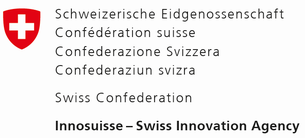


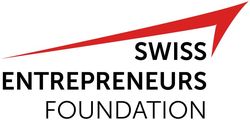












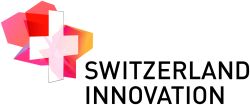




















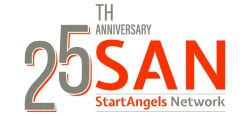









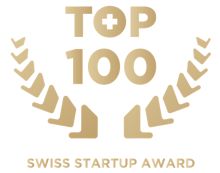





Please login or sign up to comment.
Commenting guidelines